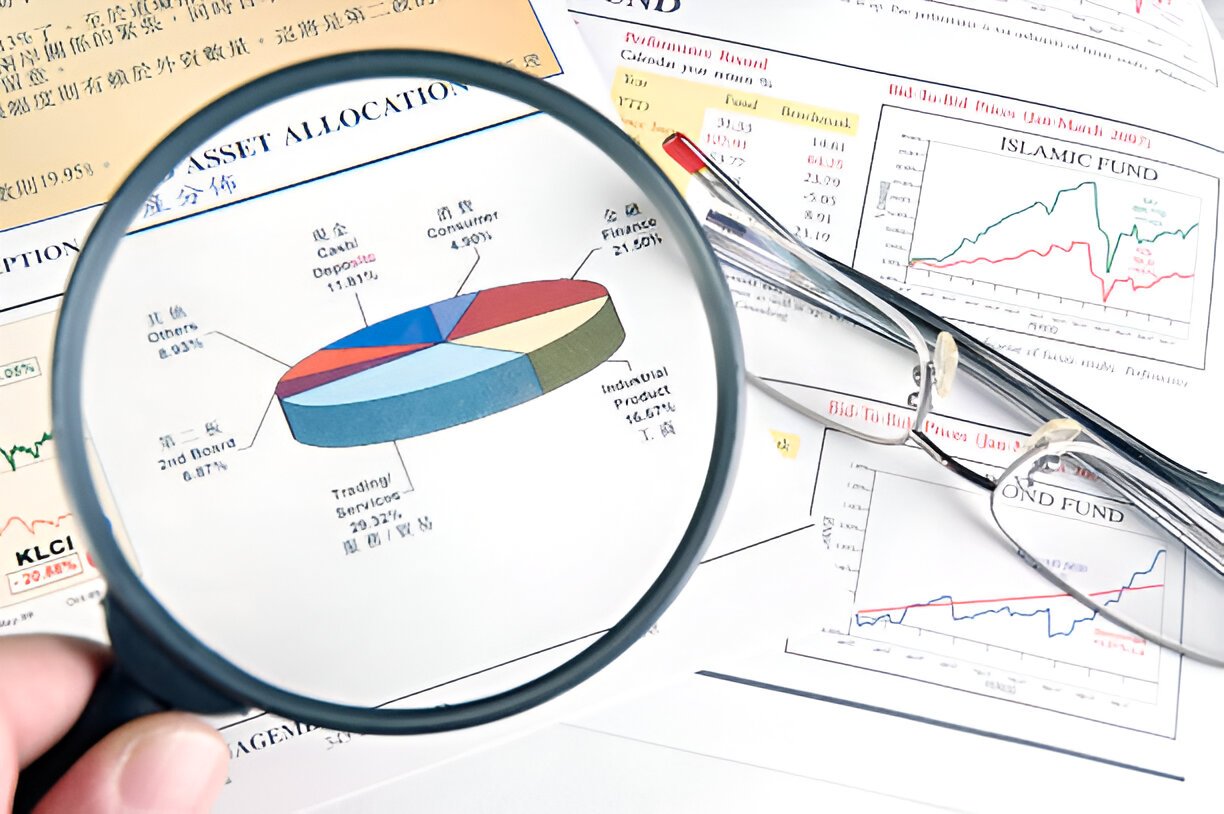As an investor, I always look for funds that balance risk and reward while aligning with my financial goals. Acuity Mutual Funds have emerged as a compelling option in the crowded mutual fund market. In this guide, I break down what makes Acuity Mutual Funds unique, their performance metrics, fee structures, and how they compare to competitors. I also provide mathematical insights to help you evaluate their potential returns.
Table of Contents
What Are Acuity Mutual Funds?
Acuity Mutual Funds are a family of investment funds managed by Acuity Investments, a firm known for its disciplined approach to asset management. These funds span various categories, including equity, fixed income, and balanced funds, catering to different risk appetites.
Key Features of Acuity Mutual Funds
- Active Management: Unlike passive index funds, Acuity funds rely on active management, where portfolio managers make strategic investment decisions.
- Diversification: They offer exposure to a broad range of securities, reducing unsystematic risk.
- Competitive Expense Ratios: While actively managed funds tend to have higher fees, Acuity maintains reasonable expense ratios compared to peers.
Performance Analysis: How Do Acuity Funds Stack Up?
To assess performance, I rely on metrics like the Sharpe Ratio, Alpha, and Expense Ratios. Let’s examine these in detail.
Sharpe Ratio: Risk-Adjusted Returns
The Sharpe Ratio measures excess return per unit of risk (volatility). A higher ratio indicates better risk-adjusted performance.
Sharpe\ Ratio = \frac{R_p - R_f}{\sigma_p}Where:
- R_p = Portfolio return
- R_f = Risk-free rate (e.g., 10-year Treasury yield)
- \sigma_p = Standard deviation of portfolio returns
Suppose Acuity’s Large-Cap Equity Fund returned 12% last year, the risk-free rate was 2%, and the standard deviation was 10%. The Sharpe Ratio would be:
Sharpe\ Ratio = \frac{0.12 - 0.02}{0.10} = 1.0A Sharpe Ratio of 1.0 is considered good, but I compare it with competitors to gauge relative performance.
Alpha: Outperformance Against Benchmarks
Alpha (\alpha) measures a fund’s excess return relative to its benchmark. A positive alpha suggests the fund outperformed expectations.
\alpha = R_p - (R_f + \beta \times (R_m - R_f))Where:
- R_p = Portfolio return
- R_m = Market return
- \beta = Fund’s sensitivity to market movements
If Acuity’s Mid-Cap Fund returned 15%, the market (S&P 500) returned 10%, the risk-free rate was 2%, and the fund’s beta was 1.2, the alpha would be:
\alpha = 0.15 - (0.02 + 1.2 \times (0.10 - 0.02)) = 0.15 - (0.02 + 0.096) = 0.034 \ (or\ 3.4\%)A 3.4% alpha indicates strong managerial skill.
Expense Ratios and Their Impact
High fees erode returns. Acuity’s expense ratios range from 0.50% to 1.20%, depending on the fund. While not the cheapest, they are competitive among actively managed funds.
Comparison of Expense Ratios
| Fund Category | Acuity Expense Ratio | Industry Average |
|---|---|---|
| Large-Cap Equity | 0.75% | 0.90% |
| Small-Cap Growth | 1.10% | 1.25% |
| Bond Fund | 0.50% | 0.65% |
Acuity’s fees are generally lower than the industry average for comparable funds.
Tax Efficiency and Dividend Policies
Taxes matter. Acuity funds employ tax-efficient strategies, such as:
- Low portfolio turnover (reducing capital gains distributions).
- Qualified dividends (taxed at lower rates).
For example, if a fund distributes $1,000 in qualified dividends, a taxpayer in the 15% bracket pays only $150 in taxes, versus $370 for non-qualified dividends (assuming a 37% marginal rate).
Who Should Invest in Acuity Mutual Funds?
I recommend Acuity funds for:
- Long-term investors seeking steady growth.
- Those comfortable with moderate risk (equity funds) or lower risk (bond funds).
- Investors who prefer active management over passive index funds.
However, if you prioritize ultra-low fees, passive index funds like Vanguard’s may suit you better.
Final Thoughts: Are Acuity Funds Worth It?
After thorough analysis, I find Acuity Mutual Funds a solid choice for investors seeking a balance between performance and cost. Their competitive expense ratios, strong risk-adjusted returns, and tax efficiency make them a compelling option.
Before investing, I always suggest reviewing the fund’s prospectus and considering your financial goals. Diversification remains key—never put all your eggs in one basket.





